Is Your Baby Bedding Toxic? A Holistic Pediatrician on Preparing A Toxin-Free Home
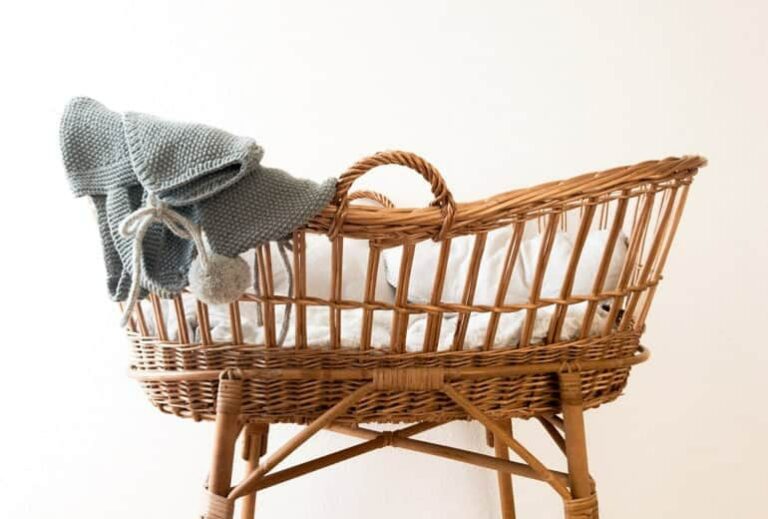
This is an excerpt from an interview I did with holistic pediatrician Elisa Song, MD, for the Toxic Home Transformation Summit that you can check out here!
Here, Dr. Song explains the potential dangers of toxic and off-gassing beds, mattresses, bedding, and clothing–particularly for infants and children, who spend significant amounts of time in bed. She also explains how body heat increases the off-gassing of volatile organic compounds (VOCs) and other carcinogenic and endocrine-disrupting chemicals, along with why parents should avoid buying brand new products, which have higher levels of off-gassing.
Robyn: I know you're passionate about talking to parents about their beddings, especially for babies, so let’s talk about bedding and the bed itself, so that parents can make better choices, when they know the risks.
Elisa: Yes. When our children are infants, they should be spending 50% to 60% of their time asleep in their beds. If you're spending half your life in a certain area, we should make sure that area is as pristine and clean and healthy as possible.
When parents find out that they're pregnant, they get so excited about planning the nursery. They plan the matching bedding, and the reclining chair, and the type of crib. They paint the nursery.
You do a lot of research on what will look great in your nursery, and you trust that the manufacturer is using non-toxic components, but you really need to step back and think about the toxins in that crib.
In the past, wood used to be treated with something called chromated copper arsenic. I have one patient who was found to have high levels of arsenic in his blood and tissues at a very early age.
He was later diagnosed with autism, but we can trace it back to the fact that he was a teether and chewed through his crib rails.
You need to consider what's in the wood. There's formaldehyde in the particle board. If it has a beautiful stain, there are VOCs that are being released. If you can smell the chemicals when you open the box and start putting together your crib, you know there are VOCs that you don't want your kids to be exposed to.
Ideally, you want an unfinished solid wood frame with no particle board inside. It doesn't have to be extraordinarily expensive. It might not look the way you want it to, but it doesn't matter.
In five years from now, you won’t care how it looks. You'll want to know that you did the best for your kid.
You want an unfinished solid wood crib, and in fact, IKEA has a great economical option. It’s a crib and a toddler bed frame called the Sniglar. There also are other options out there, so look for an unfinished solid wood crib.
Robyn: Intellibed is joining the summit as a sponsor, and all my kids’ beds are Intellibed. It really changed the way I sleep. I love the support of it and that it doesn't off-gas. I think you want to talk about that, right?
Elisa: The mattress is hugely important. Choices are limited for crib mattresses. Once your kids are in a larger or adult-sized bed, there are more choices.
I was doing some research and I found an article back from 2014 showing research done by the University of Texas.1 Most mattresses contain polyurethane foam, which emits a lot of VOCs, and they found more than 30 VOCs in most mattresses that were tested.
A new crib mattress releases about four times as many VOCs as an old crib mattress. When I read that, I was so thankful I got an old crib mattress from a friend, when I was a new mom!
The other thing that was really frightening to learn was that body heat increases emission. So, you bundle your baby in hot pajamas in a little sleep sack, but body heat increases emissions.
When they measured, they found emissions were strongest in the baby’s immediate breathing zone. They also found that when infants were exposed to twice the VOC levels sleeping in their cribs, they experience about 10 times as much inhalation exposure as an adult would if they were exposed to the same level of VOC. That’s because babies breathe more air, pound for pound, than adults.
That's just the polyurethane foam. We also have waterproof covering that has PVCs and piping that has a lot of phthalates that are hormone and endocrine disruptors.
We’re seeing an increase in the number of kids experiencing early puberty and also in the number of babies born with ambiguous genitalia. We have so many sources of endocrine disruptors in phthalates and plastics, along with bisphenol A in plastics, and parabens in our cosmetics and our skincare products. But we're not thinking about it in our beds.
We also have to worry about chemical fire retardants. There are potent hormone disruptors that have been found to cause immune disruption and cancer. We have to think about all of these things.
Parents need to know that you can't buy a mattress without a flame retardant unless you have a prescription from a medical doctor. You need a prescription to say, “This patient requires a chemical-free mattress.”
Robyn: If you want a doctor to write you prescriptions like this, seek a Multiple Chemical Sensitivities diagnosis.
Elisa: Even without the diagnosis, you can find a licensed physician, an osteopathic doctor, or even a chiropractic doctor who can write you the prescription. That way, you may be able to get it covered by insurance.
Robyn: When I interviewed Stephen Ezell, in our summit, he talked about flame retardants on clothes and how it's basically impossible to get them out and gave suggestions about what to buy when it comes to infant clothes. Do you recommend organic cotton?
Click here to try Stephen’s non-toxic laundry products from MyGreenFills.
Elisa: Organic cotton is the best. Organic is such a loose term, but you want organic natural dyes, which aren't as vibrant as synthetic dyes. Choose natural dyes and organic cotton for your mattress, or look at organic wool or latex foam.
Of course, you do want a waterproof cover because you don't want any moisture from your baby soaking in to the organic cotton or wool, which can breed mold and bacteria. You can get waterproof covers that are also made with a food grade polyethylene that have organic cotton on top.
I would say most parents who think about baby's first foods want everything organic, with those amazing organic fruits and vegetables and grass fed meats.
Most parents look for BPA-free baby bottles as well, and look to see that the shampoo they're using is paraben-free and organic.
We need to look for these things in bedding as well. A lot of people don't necessarily think about bedding as one of the toxic burdens that can build up in our kids’ bodies.
Read Next: Non-Toxic Laundry Products You Don’t Have To Make Yourself
Dr. Elisa Song is a holistic pediatrician in Belmont, CA, and can be found at Whole Family Wellness. She runs the Thriving Child Summit and teaches thousands of parents and children how to regain their health when facing autism, ADD, anxiety, chemical sensitivities, food allergies, and more at HealthyKidsHappyKids.com.

Disclosure: This post may contain affiliate links that help support the GSG mission without costing you extra. I recommend only companies and products that I use myself.
Resources
1. UT News, University of Texas at Austin Crib Mattresses Emit High Rates of Potentially Harmful Chemicals, Cockrell School Engineers Find April 2, 2014 https://cockrell.utexas.edu/news/archive/7776-crib-mattresses-emissions
Posted in: Detox, Eco Friendly Living, Lifestyle, Relationships







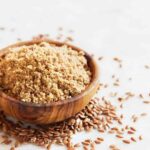
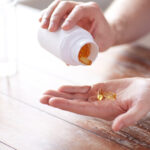
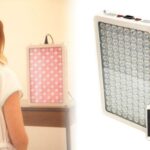


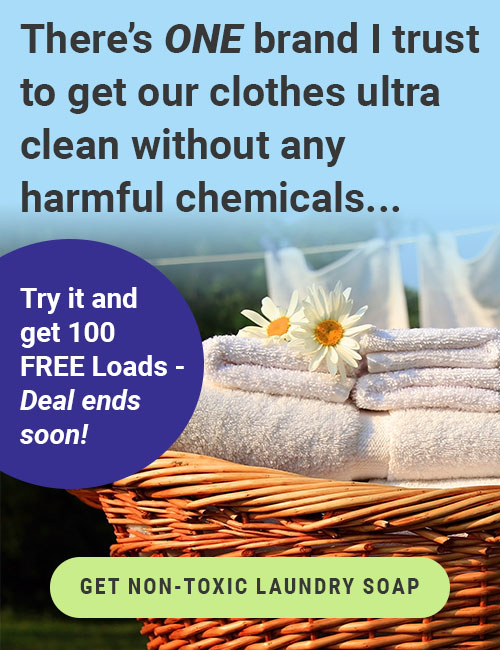

No comments found, but you can be our first!